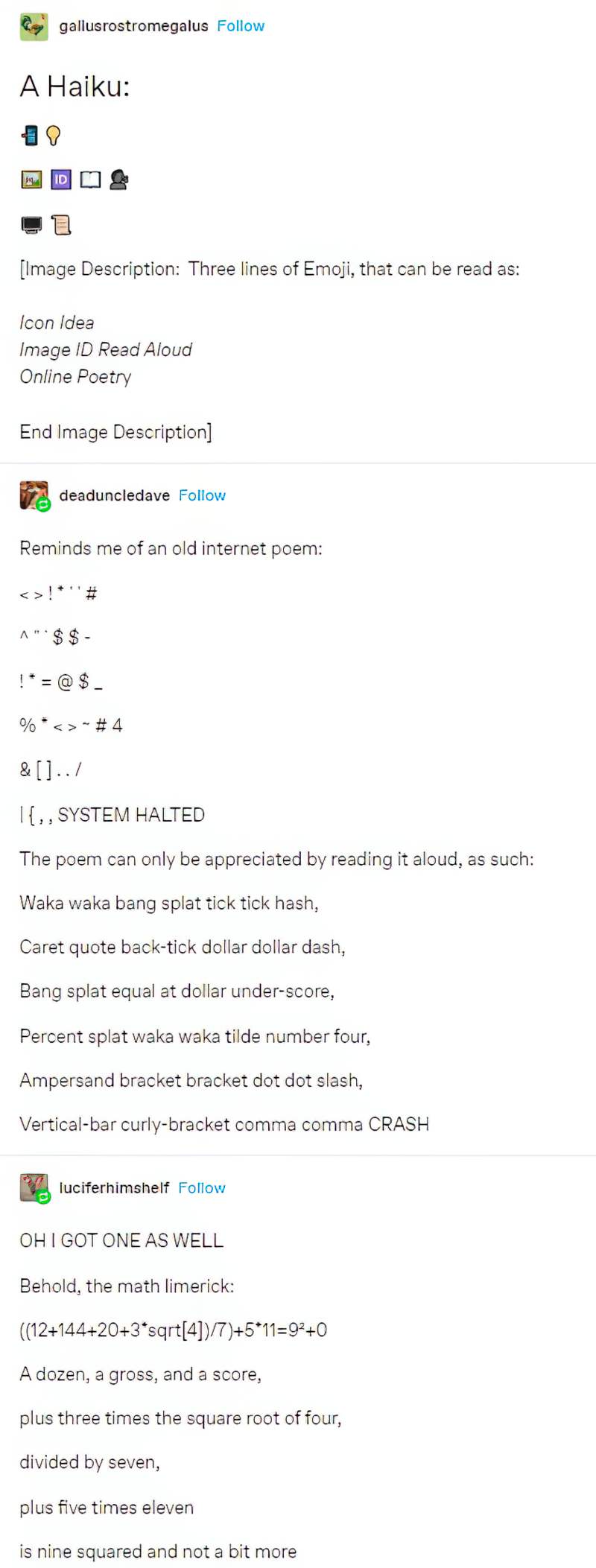Someone in a children’s writing forum crowdsourced recently: What does a waterfall sound like?
They were after an onomatopoeic sound. Some replied ‘trickle’. Others said ‘trickle’ is no good at all for a waterfall, as ‘trickle’ suggests a piddling amount of water.
I don’t know what they decided, but I thought of my years learning Japanese. Japanese most definitely has the perfect word to describe the sound of a waterfall: “goh-goh”.
That explains the wonderful and also one of the lesser-known, extremely challenging aspects of learning Japanese non-natively: Everyday Japanese language bursts forth with onomatopoeia, and not just onomatopoeia, either: mimesis in general.
ONOMATOPOEIA AND MIMESIS: THE DIFFERENCE
Onomatopoeia: A word which emulates a real-world sound. Woof, bang, crash, pop…
Mimesis: A more general term for language which emulates a feeling, texture or ambience. ‘Goo’ describes the feeling of viscous, slimy products.
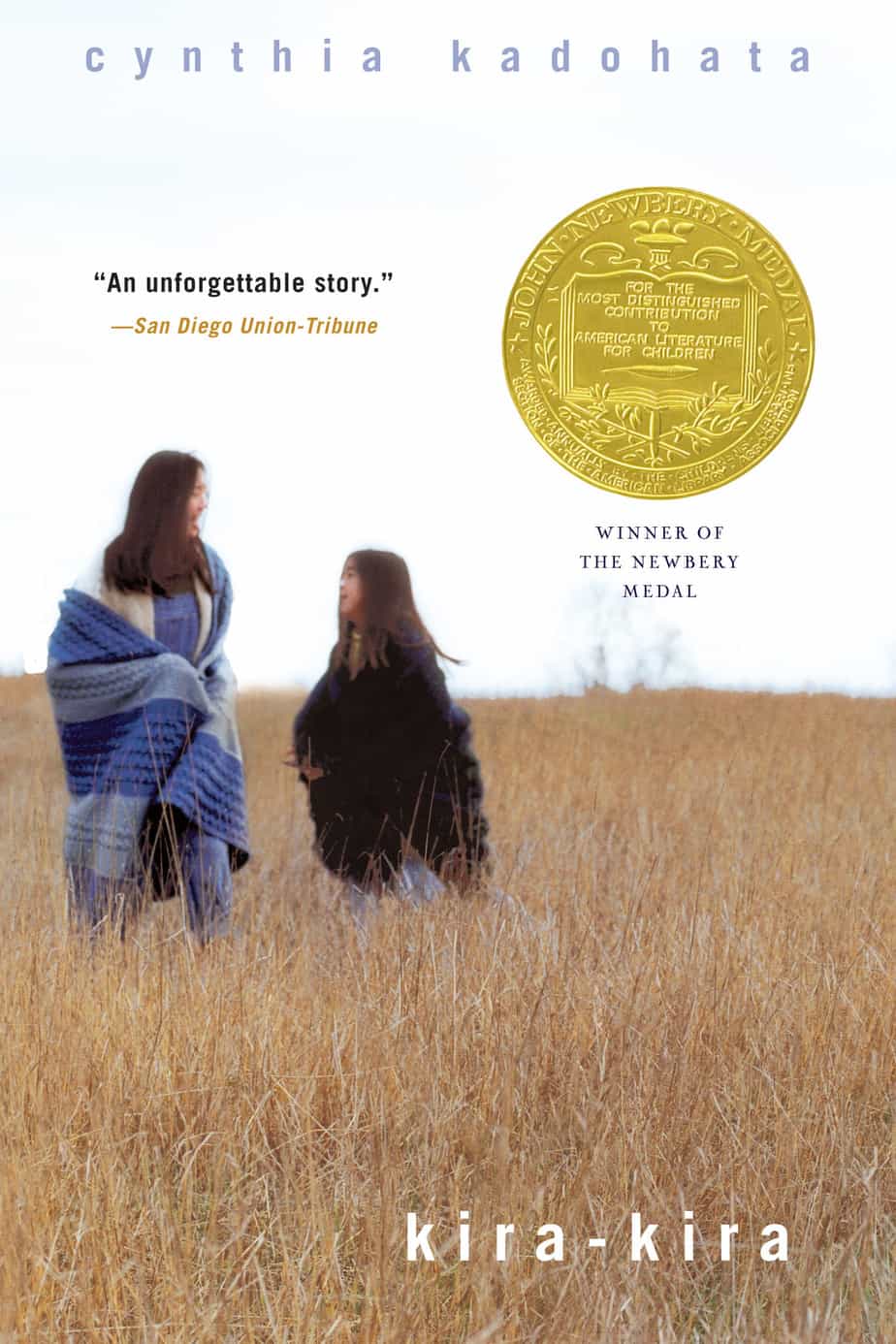
kira-kira (kee ra kee ra): glittering; shining Glittering.
That’s how Katie Takeshima’s sister, Lynn, makes everything seem. The sky is kira-kira because its color is deep but see-through at the same time. The sea is kira-kira for the same reason and so are people’s eyes. When Katie and her family move from a Japanese community in Iowa to the Deep South of Georgia, it’s Lynn who explains to her why people stop on the street to stare, and it’s Lynn who, with her special way of viewing the world, teaches Katie to look beyond tomorrow, but when Lynn becomes desperately ill, and the whole family begins to fall apart, it is up to Katie to find a way to remind them all that there is always something glittering — kira-kira — in the future.
ONOMATOPOEIA
Onomatopoeia is not a difficult concept for an English speaker. We use much of it, too, though we do tend to grow out of it a bit. By the time we’re adults, we’re using ‘proper’ words (eruditely, those with Latin and Greek roots) to describe the world around us. Use onomatopoeia as an adult and your speech will sound comical or childlike. While Japanese speakers also make a distinction between ‘formal’ and ‘conversational’ registers, conversational Japanese mimetic language as utilised by all ages of Japanese speakers does not carry the same comical, childlike baggage. Onomatopoeia can be used in a deliberately comical, over-the-top way, of course, but for Japanese natives, the huge range of onomatopoeia available to them does a fine job of describing any situation. They’d be silly to leave it to children and picture books, as we do.
Onomatopoeia plays various roles in language, apart from comic and playful value:
- Onomatopoeia allows the speaker a more vivid description of an environment.
- Increases the musicality of the language.
- Deepens the impression for the listener.
- The listener enjoys a visceral acoustic sensation.
In short, onomatopoeia helps listeners hear the content of story.
Onomatopoeic words can also develop into other parts of speech. Over time they become nouns, verbs, adjectives and adverbs, even though they may start initially as interjections, or used on their own.
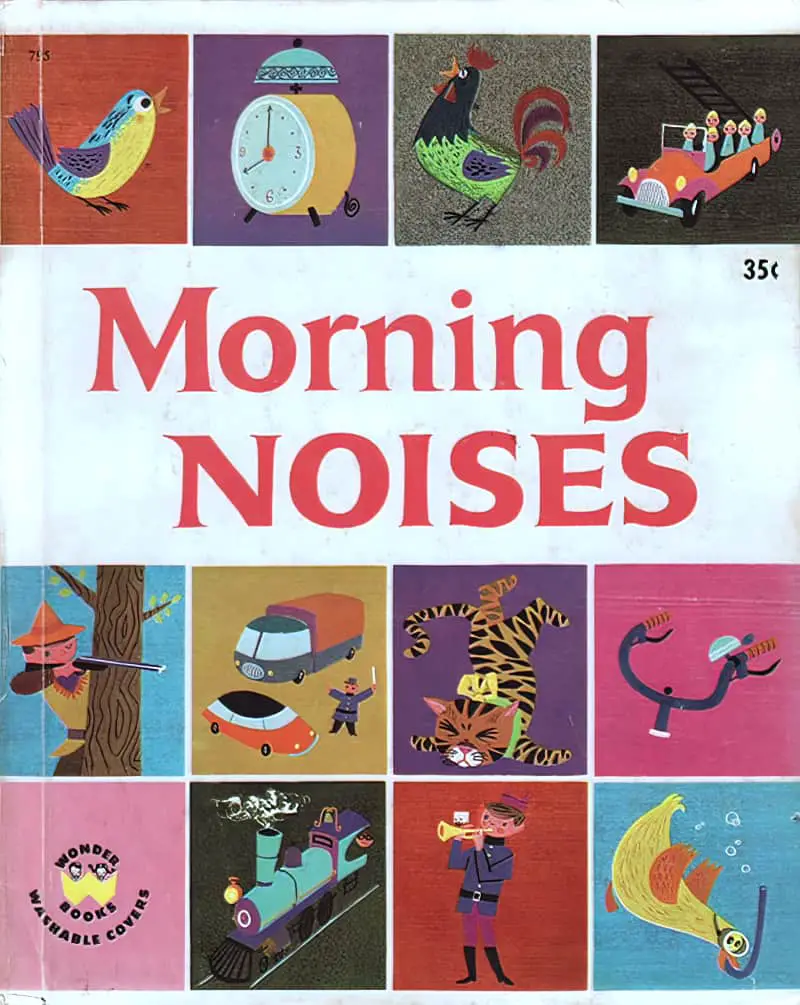
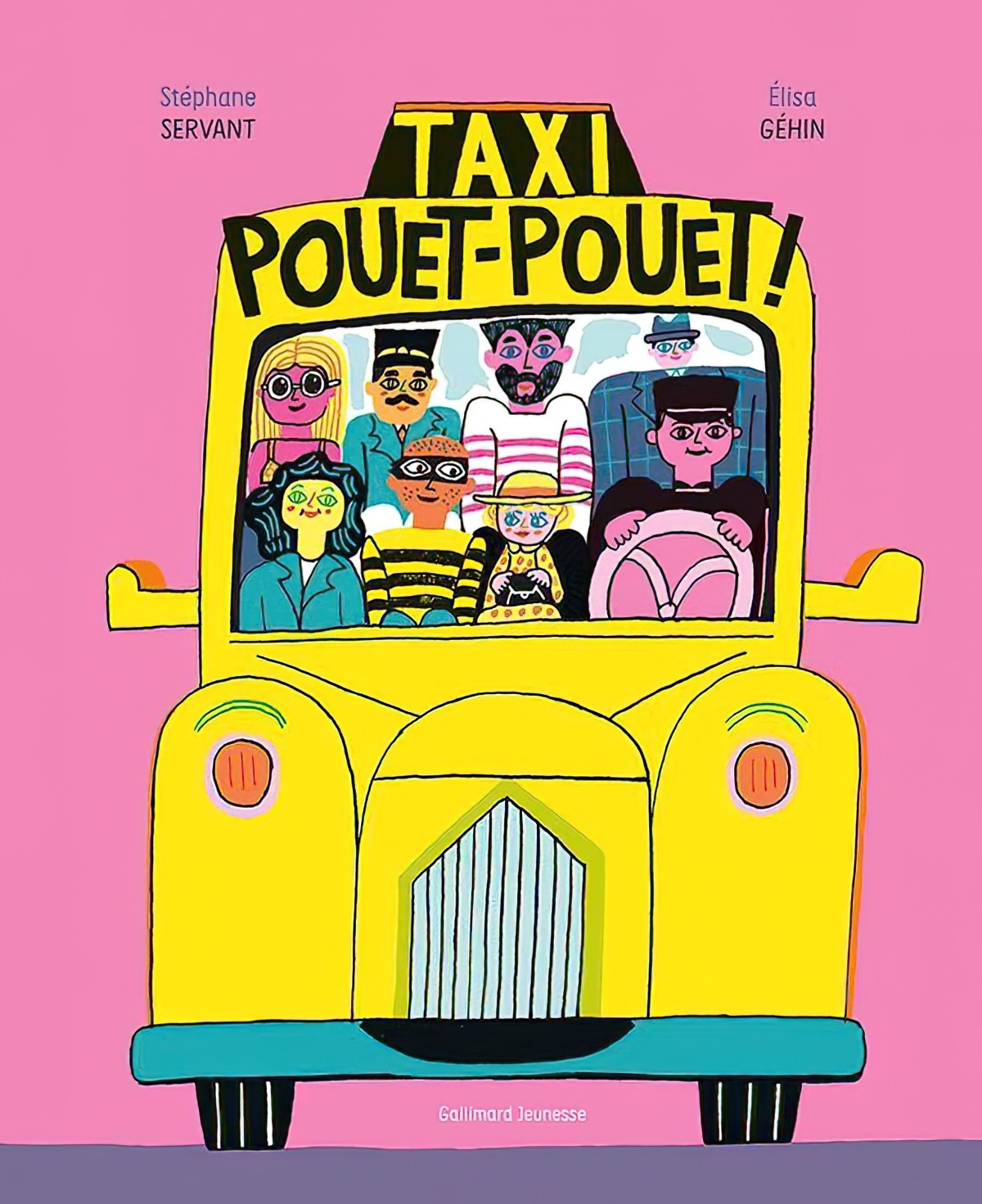
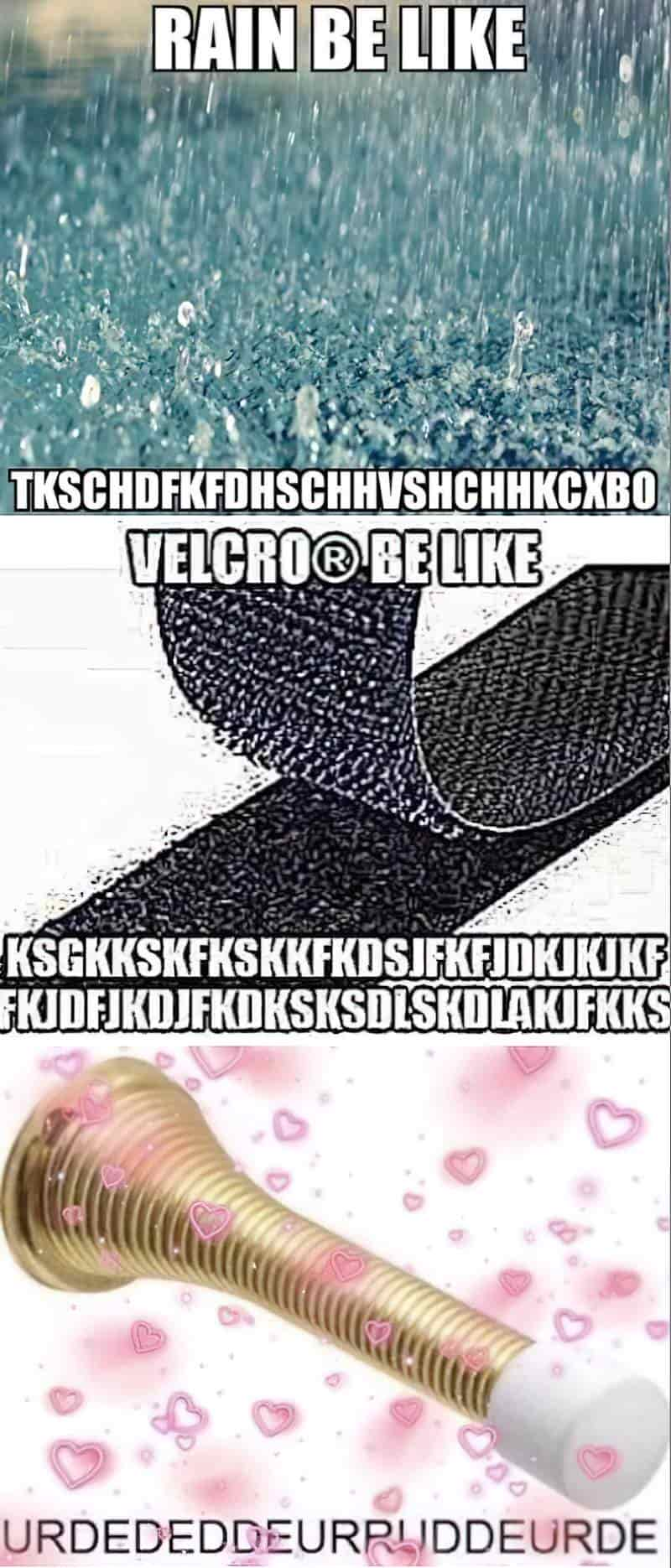
Sometimes a word doesn’t sound onomatopoeic at first, but dig into the etymology and you’ll find it is. Sneeze, for example.
MIMESIS
There should be a word for words that sound like things would sound like if they made a noise, he thought. The word ‘glisten’ does indeed gleam oilily, and if ever there was a word that sounded exactly the way sparks look as they creep across burned paper, or the way lights of cities would creep across the world if the whole of human civilization was crammed into one night, then you couldn’t do better than ‘coruscate’.
Terry Pratchett, Equal Rites
Many words in any language probably started out as somehow mimetic, but native speakers simply hear sounds only as symbols. English is not particularly mimetic — to me — but perhaps that’s only because I speak it natively. Perhaps the sound of a book falling onto a desk really does sound like ‘book‘!
Japanese, on the other hand, has retained a more obviously mimetic lexicon. What does a Japanese speaker say when there’s an awkward silence? “Shiiiiin.” Shiiiin is the sound of silence. But of course, silence has no sound to emulate, which makes it ‘mimetic’ rather than ‘onomatopoeic’. We have the ability to express this same feeling in English, too, though it comes from pop culture. From cowboy movies we have the concept of “tumbleweed”, riffing on the pillow shot cutaway in which the audience sees a tumbleweed blowing across a prairie. The accompanying SFX is usually the sound of wind.
But on other occasions, I can’t think of an English equivalent.

What does a Japanese person say when waiting anxiously for something to happen? ‘Waku waku’. That one little mimetic word is all that’s needed. An English speaker in the same situation might say, “Well, this is exciting” or “I have butterflies in my stomach.” A complete sentence, in other words. And it still doesn’t achieve the same specificity as the mimesis of waku-waku, which includes the feeling of delight.
From my Japanese English Dictionary of Everyday Mimesis and Onomatopoeia:
Waku-waku: To be excited, unable to relax, full of joy, expectation of happiness. It is used in reference to a purely psychological state, with few physical manifestations, such as quickened heartbeat, perspiring etc.
If you’re nervous without the joy of expectation you’d say Doki-doki (in emulation of a heartbeat), and if you’re impatient in an angry kind of way it’s Ira-ira.
In fact, Japanese has so mimetic, Japanese speakers themselves use five categories, compared to our two:
- Giongo — actual sounds made by inanimate objects and nature. Non-linguistic sounds represented orthographically, in other words. The most general Japanese term for onomatopoeia.
- Giseigo — A subset of giongo which includes only animal and human sounds
- Gitaigo — The most general Japanese term for mimesis. Describes all kinds of conditions and states.
- Giyougo — A subset of gitaigo which describes movements and motions
- Gijougo — A subset of gitaigo which describes feelings
We do make our own linguistic distinctions between different kinds of onomatopoeia and mimesis in English, but the terminology is not so widely known outside linguistic circles.
- Echomimesis — Though it literally means ‘sound imitation’, I’ve seen it used more specifically to refer to an array of letters which describes a sound but isn’t quite a word in its own right. BZZZuuuuuppppp or MWAHHHAHAHAHAaaaa are examples of echomimetic language. When making use of echomimesis in picture books, do readers a favour and make them pronounceable! (Unsayable echomimesis is an issue I have with Zita the Spacegirl.) Echomimesis is more about the transcription than a categorisation of the sound itself.
- Sound symbolism —In linguistics, sound symbolism, phonesthesia or phonosemantics is the idea that vocal sounds or phonemes carry meaning in and of themselves. This is basically an overarching category, including mimesis in all its various forms. But it goes further than that, and looks into why ‘f’ sounds ‘harsh’ and ‘s’ sounds quiet and so on.
- Ideophones — Words that evoke an idea in sound, often a vivid impression of certain sensations or sensory perceptions. This includes onomatopoeia, but also includes all of the Japanese categories listed above, and more, which exist in various other languages: movement, color, shape, or action. Ideophones are relatively uncommon in Western languages. If you’re wondering why we need this extra word on top of ‘onomatopoeia, see: Three Misconceptions about Ideophones.
- Onomatope — A word formed by onomatopoeia or mimesis. (It’s backformed — the word ‘onomatopoeia’ came first, and I guess linguists got sick of saying ‘onomatopoeic words’ all the time, preferring a shortened version.
- Lautmalerei — As you can probably imagine, German linguists came up with their own awesome terminology: ‘painting with sound’. It translates into English as ‘onomatopoeia’.
MIMETIC LANGUAGE, PICTURE BOOKS AND LITERACY
One thing picturebooks do wonderfully well is onomatopoeia. Especially the ‘animal and human sounds’ category. (I do feel English writers tend to neglect all of those other options!)
In picture books designed for very young readers (which is most of them), it’s probably the onomatopoeia as much as anything which helps emergent speakers learn their native languages. Even in older, competent speakers, onomatopoeia in picture books fosters a love for word play, which presumably fosters a love for books.
For writers of junior fiction, let’s make full use of mimetic language. If English doesn’t have the word you’re after, perhaps take inspiration from some of the more mimetic ones. Then do some phono-semantic matching to make it fit into English.
Japanese is just one example of a highly mimetic language. Peoples with a close link to hunting are well-known for the ability to mimic sounds related to nature. But you might find resources on those a bit harder to find.
A Niger-Congo language known as Ewe is apparently as rich as Japanese in mimetic language, but it’s a lesser spoken tongue. Siwu is another, also of Ghana.
Shamanism is famous for mimesis, especially in musical performance. I doubt I could ever learn throat singing, practised by a number of different cultures.
You will find lists of onomatopoeia from the major world languages online. I still make use of my trusty old Japanese dictionary of mimesis even when coming up with words for an English language story.
Here’s a list of Sounds of Nature as expressed in Japanese.
There are many similar resources out there. One of the most comprehensive seems to be Written Sound, which functions as a dictionary. On the front page you’ll find a random selection of onomatopoeia from their database, but its search function is useful:
- The search engine can be used in a few different ways. You can enter a non-onomatopoeia word such as ‘paper’ and you’ll get mimetic words related to the concept.
- Or, if you can think of a mimetic word but it’s still not quite right, type that in. Say you’re looking for something like ‘bang’, but ‘bang’ is not quite right. The entry for ‘bang’ is linked to a wider category, which you’ll learn is ‘hard hit‘. Click on that link and you’ll be taken to a wide variety of words which all come under that category. The site is definitely English focused, but seems to include inspiration/mimesis from other languages as well. ‘Kwok’, ‘swah’ and ‘wakt’ sound foreign; ‘bam’, ‘whack’ and ‘pow’ sound English.
- The neuroscientist creator of Written Sound ask for user input in a side panel on the right-hand side, in which you use sliders to describe a particular word. Even when used a few times for your own amusement, the act of thinking so closely about a sound trains the ear for appropriate onomatopoeia. This would be a useful exercise to do a few times with young writers in a classroom situation.
- My search for waterfall returned nothing, so I shortened my query to ‘water‘ and was rewarded with a vast selection, some of which is perfect for a waterfall.
The creator of Written Sound has also noticed that Japanese is especially rich in onomatopoeia and mimesis. If you know a young word lover, or Japanophile, or manga creator, they may enjoy this book as a gift. (Unlike my comprehensive but dry dictionary, this one is illustrated.)
MIMETIC LANGUAGE IN BOOK APPS
I started to think hard about the role of onomatopoeia in junior fiction when my husband and I were making interactive picture book apps. There have always been a lot of misgivings about the value of book apps, as there always is about any new technology.
An important question for app developers: Where is the line between ‘book’ and ‘movie’? It’s a valid question. Some people say it comes down to whether or not the reader/viewer can control the pace of the story. The ‘page turns’, in other words (or equivalent thereof):
When reading [a paper book], the parent is better able to control the use of the book and pace of the story. […] Narration is the norm on apps – “When I use the iPad I don’t read with them, I let them use it on read-to-me mode.” This means the experience of reading a book is usually more shared with parents who spend time talking around the story more, doing all the silly voices, and getting involved in their children’s world.
Helen Dineen
Further to the general discussion of things that picturebooks apps can do that printed books can’t, an unintended flip side is that sound effects in an app may indeed discourage adult co-readers from making onomatopoeic sounds and doing the funny voices themselves.
This is not necessarily down to the inherent nature of the digital medium itself. It’s partly about how adult co-readers are choosing to use the book apps. Narration only replaces voice over if the adult turns the sound on.
On the other hand, there are absolutely decisions developers can make which encourage readers (adults and children alike) to continue making noises with their own mouths.
One thing I’m seeing in many picture book apps for young readers is an unfortunate substitution: Rather than presenting the adult co-reader with an opportunity to revel in onomatopoeic language, produced by the mouth, a lot of real-world mimesis is conveyed via recordings of actual real world sounds. For instance, rather than encouraging readers to work their own mouth muscles with a sound which mimics a motorcycle, a picture book app might simply provide a recording of a motorbike engine, which either autoplays after a page flip or is activated on touch.
This is not an argument against sound effects in picture book apps, or against picture book apps more generally.
Instead, I’d like to see developers encourage use of the mouth. The digital medium would be better used, perhaps, to skip the stock SFX in favour of narrator-produced onomatopoeia.
ANIMAL SOUNDS AROUND THE WORLD
- Onomatopes for animal voices often sound the same in different languages.
- Almost all ‘cock’ voices contain a velar stop (either [k] or [g], the voiced equivalent.
- Sheep voices are remarkably, amazingly similar across languages. They all seem to start with a bilabial consonant [m] or [b] followed by a final front vowel.
- Snakes = [z] (or in English, [s])
- Cows = [m] + [u]
- Cat voices start with [m] followed by [ja]
- Bees make [z] sounds
- Horses [h] and [i], which makes English a bit of an exception
- Frogs have a wide variety of voices, but there’s also a wide variety of frogs. Cantonese: gwaa, gwaa. English: Ribbit. Limnodynastes dumerilii is a frog species native to Australia. We call it pobblebonk because it has a distinctive call that sounds like a banjo being plucked.
For more on that, see this paper.
SEE ALSO
Onomatopoeia A Mentor Text Lesson Plan by Marcie Flinchum Atkins
The bouba/kiki effect is a non-arbitrary mapping between speech sounds and the visual shape of objects. Some sounds feel pointy, others rounded. This is a cross-language, cross-cultural phenomenon observed by linguists.
The Reddit forum noisygifs is a collection of gifs which are silent, but which feel as if they have a sound.
This guy sounds uncannily like a magpie.
